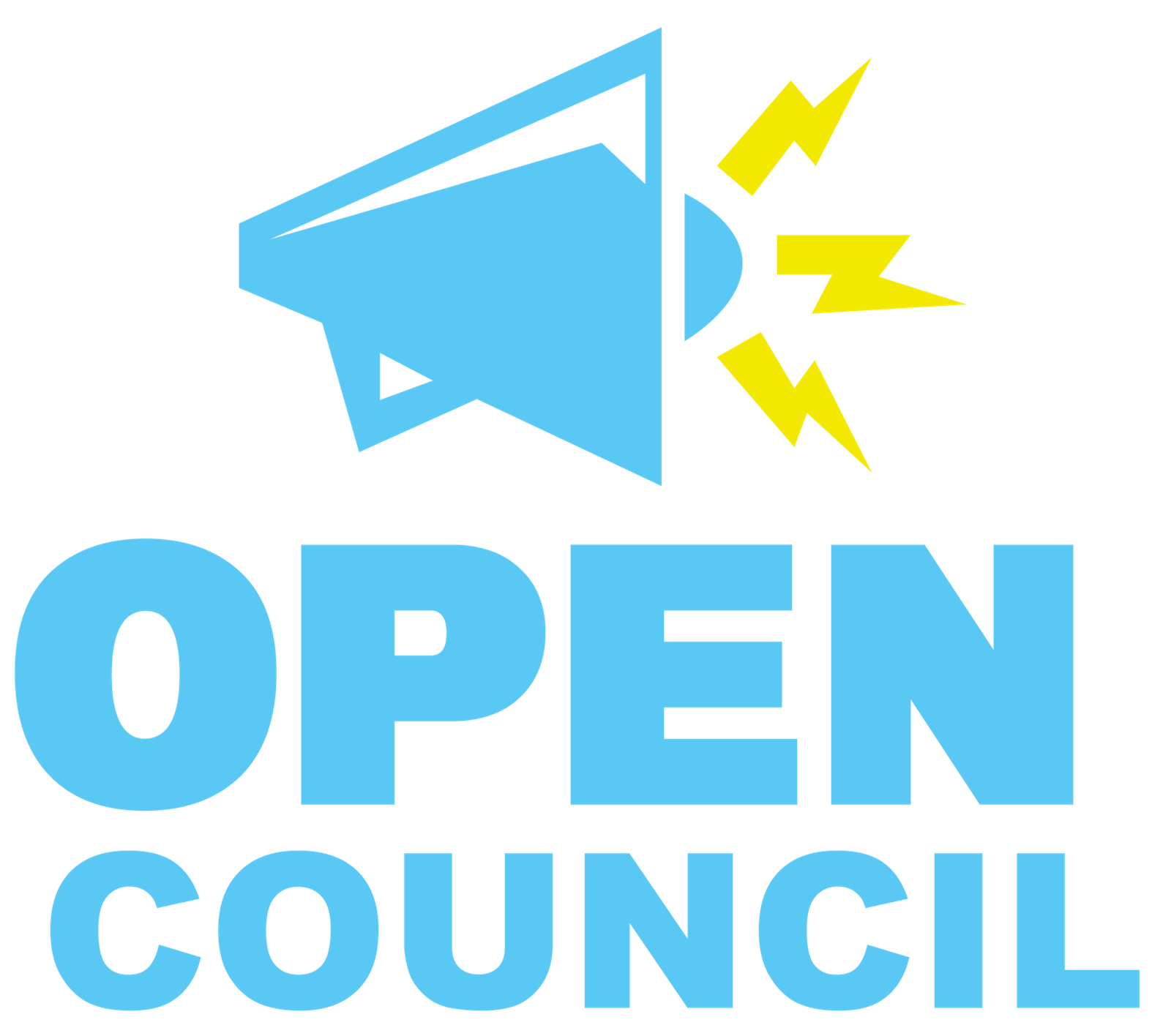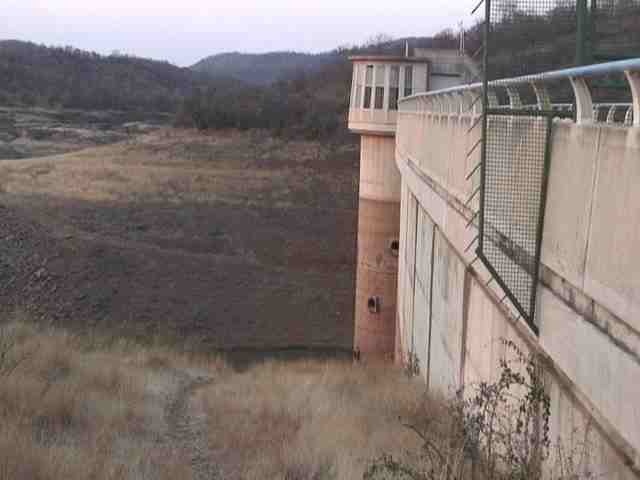By Correspondent
Bulawayo’s 120-hour water shedding is set to get worse after the decommissioning of Upper Ncema Dam on Thursday.
According to Council Acting Town Clerk Tennyson Mpunzi, the Dam has reached its dead level.
“Consequently, the Upper Ncema Dam has reached its non-operational level and will be decommissioned effective October 3 2024”.
Meanwhile, Lower Ncema is also facing potential decommissioning in November.
Almost every year, Umzingwane and Upper Ncema are the first dams to be decommissioned due to low levels.
This will leave Bulawayo with only the Nyamandlovu Acquifer, Insiza and Mtschabezi for water supplies.
Early this year Council got a US$14m grant from central government to upgrade some pumps at Insiza and Mtshabezi.
The initiative was touted by Mayor David Coltart as central to saving the situation in case of the current scenario.
The upgrading of pipelines will allow for increased water pumping capacity.
However, that will still not be enough to cover the loss of over 30 millon litres through the decommissioning of the two Ncema Dams.
The local authority said the situation has also been worsened by intermittent power cuts leading to long hours of water-shedding in some parts of the city.
Bulawayo’s water problems have been going on for decades.
This has been blamed on a variety of reasons such as drought-related factors, mismanagement, and political parties using water to control the urban population.
However, central to the debate has been the introduction of ZINWA by the ZANU PF government.
Created after independence to take over water control, ZINWA has failed dismally after it took over Bulawayo’s water resources.



